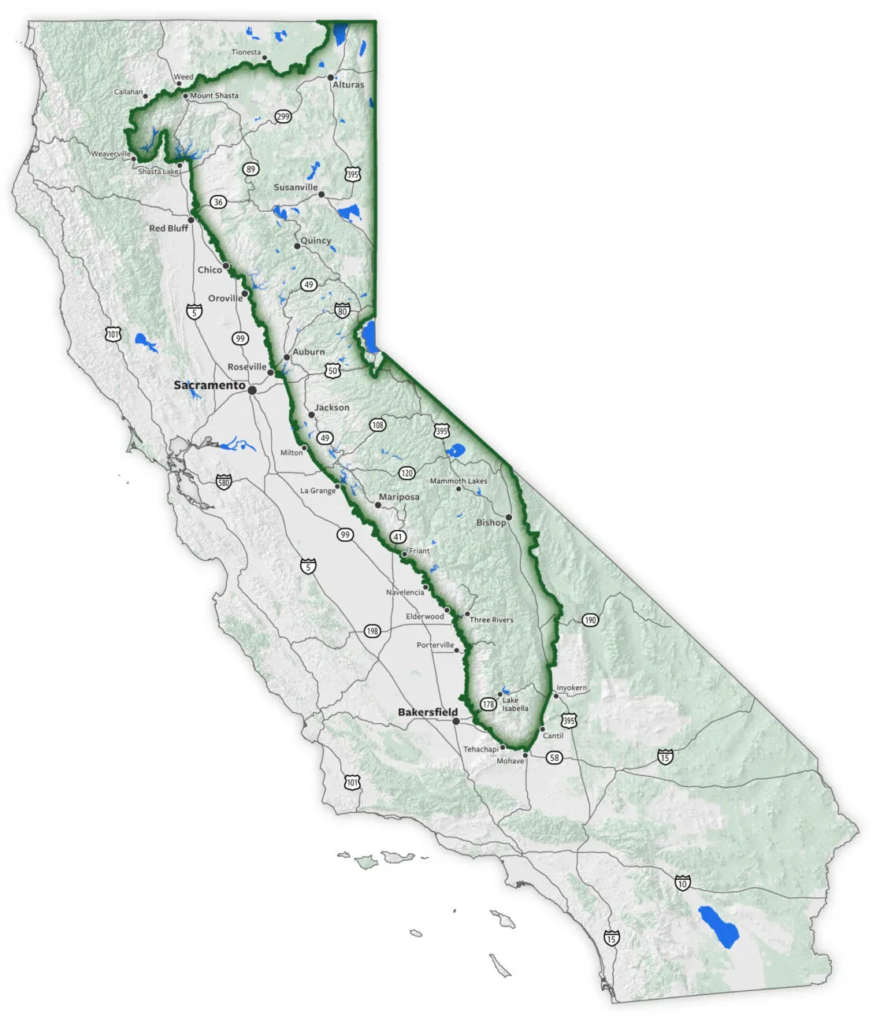A long running drought in the southwest has the Climate Change Cabal in a tizzy. They are claiming the drought is causing a crisis over water; not to be too contrarian, but the southwest’s main menu of weather is arid to the point of desertification. They overlook the fact that most of the southwest is a DESERT!! The scope of this drought is huge as it encompasses even more territory than the traditional southwestern states ranging from Southern California east to west Texas and many of the northern tier states as far east as the Dakotas.

John Wesley Powell predicted this lack of sufficient water in his “Report on the Lands of the Arid Regions of the United States”. Railroad interests disagreed with Powell’s predictions, advocating instead the theory of Professor Cyrus Thomas that “rain follows the plow”; a now thoroughly discredited theory. At an Irrigation Conference in 1883 Powell said without reservation, “Gentlemen, you are piling up a heritage of conflict and litigation over water rights, for there is not sufficient water to supply the land”. The current water crisis is a direct result of the lack of understanding that water is and always has been a finite resource in the western US.
How long has large swaths of the southwestern United States been mainly desert? Well, how about for 8,200 years when the last of the ice age lakes went dry. As the ice sheets in Canada disappeared, it caused a shift in the jet stream, effectively changing the weather patterns in the southwest. The Sierra Nevada Range, benefitting from moist southwest winds creates a large-scale “Rain Shadow Effect” across a large area of the Great Basin exacerbating a dry and arid land. Rainfall readings in the lee of the Sierra Nevada range from 6 inches of precipitation per year to nearly ten inches in Eastern Nevada.

That brings us to recent weather events that while not indicative of trends or future weather they are instructive in helping us understand weather across the southwest. The “Monsoon Season” in Arizona and New Mexico has caused flooding and death this year as it has in past years. Is this a precursor to future weather in the southwest? Sadly, I say no. Monsoons are seasonal and depending on fickle Mother Nature, they are NOT dependable.
Just for reference I decided to look at the town of St. George, Utah and its history of floods. Although not monsoonal, the flood of February, 2005 homes were demolished as flood waters ate away the banks and underpinnings of homes. Monsoonal flooding has taken lives and a sinkhole has been part of the history of floods in this Utah town. This past summer saw flooding in historically dry Las Vegas and Phoenix coupled with record flooding in Death Valley.

My point is, in some years there are copious amounts of rain while in other years there is little to no precipitation. Therefore, monsoonal rains cannot and do not supply a dependable source of water. Just as the prevalent westerly winds of winter often are not always laden with moisture as they collide with the Sierra Nevada Range and later the Rocky Mountains.
Swimming pools and golf courses are abundant in much of the southwest as people create for themselves a respite from the heat. Farms in southern California drink copious amounts of water to put fresh produce on our tables. Now the threat of dam removal exacerbates an already scant water supply. Is there to be no middle ground? Is water to be the impetus for internal conflict that goes beyond the courtroom? Range wars were as much about water as they were about graze.

Since we cannot create water, we must rely upon nature. The problem lies not only with unnecessary water usage, but new housing developments without sufficient water to supply the existing homes. The developer is looking to cash in with more housing while states, counties and cities are looking forward to the tax revenue and the crisis continues to grow. This tug of war attitude exacerbates this scant supply of water and does not give one much hope that this issue will ever be resolved. Sadly, it may lead to ghost towns reminiscent of earlier times. Migrations on the scale of the Dust Bowl years may be the result of the lack of planning and the battle for sufficient water supplies, water that has always been in short supply.
A simple acknowledgement that much of the western US is basically a desert and planning that reflects that fact can and would have a beneficial effect on the quality of life for the residents of the southwest. Population densities that reflect and recognize water availability would go far in overcoming some of these problems.
Do I expect any kind of resolution to this crisis? NO, but I sure expect to hear a bunch of blather about how Climate Change is exacerbating the current drought in the southwest. Tree ring studies of BristleCone Pine show a pattern of wet and dry periods that can be traced back 5,000 years with a predominance of dry years. So, how about a little study of the region that goes beyond the immediate, oh, but that requires a little brain work, so that too is out!!
Walt
Editors note: For whatever reason, I’ve been keeping up with the levels of lake Mead and lake Powell. This year’s monsoon was much wetter than normal. Both lakes have actually risen some due to the monsoonal rains. Mead in particular rose some five feet after falling to its lowest level since the Hoover dam was built and the lake filled. Full pool for the lake is 1229 feet above mean sea level, the current lake level is 1045 ft msl. Keep in mind, the Colorado river basin supplies most of the water used by Southern California, Nevada, Arizona, parts of Utah and Northern Mexico.